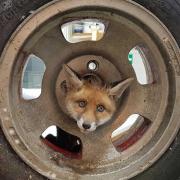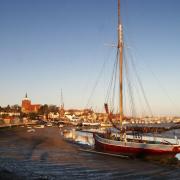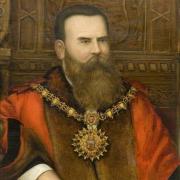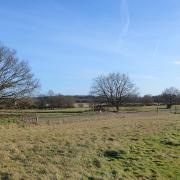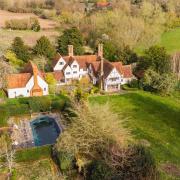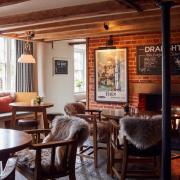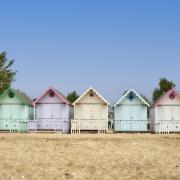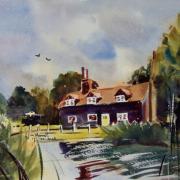Celebrating 142 years of recording natural history in the county
By Bill George of Essex Field Club
Following a chance encounter between three keen wildlife enthusiasts in the autumn of 1879, the Epping Forest and County of Essex Naturalists’ Field Club was founded in Buckhurst Hill on 10 January 1880. The name was, very predictably, soon simplified to the Essex Field Club.
From the outset, the club aimed to study and investigate the natural history, geology, pre-history and archaeology of Essex by setting up a library and collection. This knowledge was to be shared by holding meetings, lectures, classes and publishing an annual journal, regular newsletters and books.
Field meetings then and now and are an essential and popular aspect of the club’s activities; they promote friendliness and the exchange of ideas, as well as learning about and recording our fascinating and changing wildlife.

In the early days, members were often welcomed into the homes of prominent Essex residents, where an al fresco lunch or afternoon tea was taken on the host’s lawn, or if the weather was inclement, sitting on a straw bale in a barn or outbuilding. These visits were often recorded in great detail in our journal.
Today, some meetings are arranged specifically to record the flora and fauna of the county. This information is essential for planning and development to minimise any detrimental impact on habitats and wildlife. Currently there are 4,599,712 records for 15,177 species in the Essex Recorders’ partnership database hosted by the Essex Field Club. More than 76,000 wildlife records were added in 2021.
The publication of scientific articles has always been a prime objective of the club, and it has continued uninterrupted since 1880, mainly in the annual Essex Naturalist. Occasionally, books and pamphlets are issued, one of the first being A Report on the Essex Earthquake of 1884, which appeared in 1885. Others on birds, mammals, reptiles and fish quickly followed. Today, lots of information is shared online.

The Essex Field Club has an extensive collection held at the Green Centre, Pitsea, which can be viewed by appointment. It contains fascinating artefacts, including fossils, minerals and rocks dating back 500 million years or so, many thousands of natural history specimens, taxidermy, books from the 1500s, manuscripts, maps, magic lantern slides, images and photographs. A small group works on this wide and varied collection every Wednesday, and we are always looking for volunteers to help, from sorting and digitising to scanning and photographing.
The Essex Field Club is run by volunteers, has no paid employees and is totally self-financing. Members work tirelessly to record and protect the wildlife of Essex. The club continues to flourish and is still going strong as we look forward to celebrating our 150th anniversary in 2030.
Find out more at essexfieldclub.org.uk and facebook.com/groups/essexfieldclub
You may also enjoy the lost Forest of Essex: https://www.greatbritishlife.co.uk/lifestyle/heritage/the-lost-forest-of-essex-9036262
You may also enjoy 50 years of the Essex Way: https://www.greatbritishlife.co.uk/things-to-do/walks/the-essex-way-50-year-anniversary-9019610





